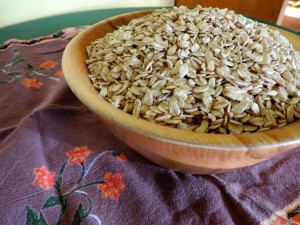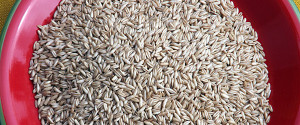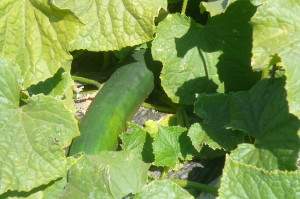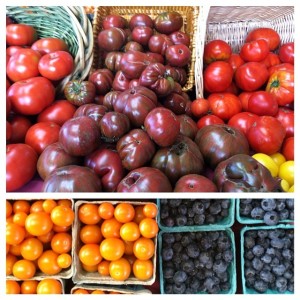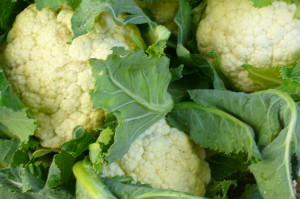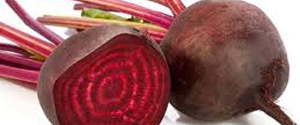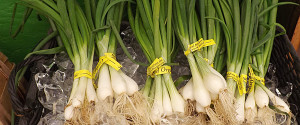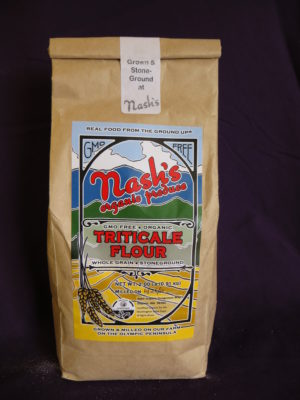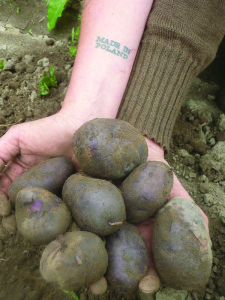
We grow several kinds of potatoes here on the farm, including yellows, russets, reds, and purples. Which is your favorite? Have you tried them all?
We consider potatoes a “comfort food” and even the scientific name, solanum tuberosum, means “soothing tuber.” Potatoes can sooth and nourish us during the time of year when warmth transitions to cool.
Potatoes are a good source of vitamin B6, essential for the formation of all new cells in the body. They are also rich in vitamins C and B5 (pantothenic acid), potassium, copper, manganese, phosphorus, niacin, and dietary fiber. Most of these nutrients are right near the potato’s skin, so leave it on to take advantage of the humble potato’s great nutrient density.
Have you tried this recipe? Tell us how it turned out!

